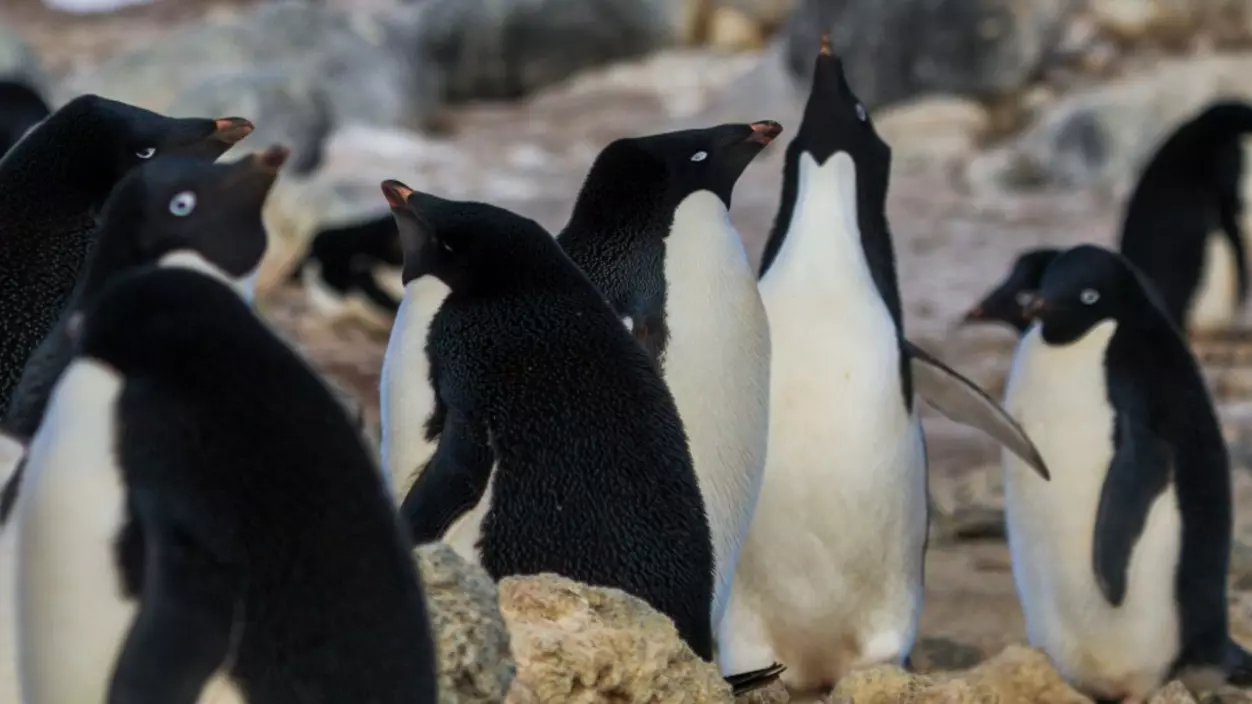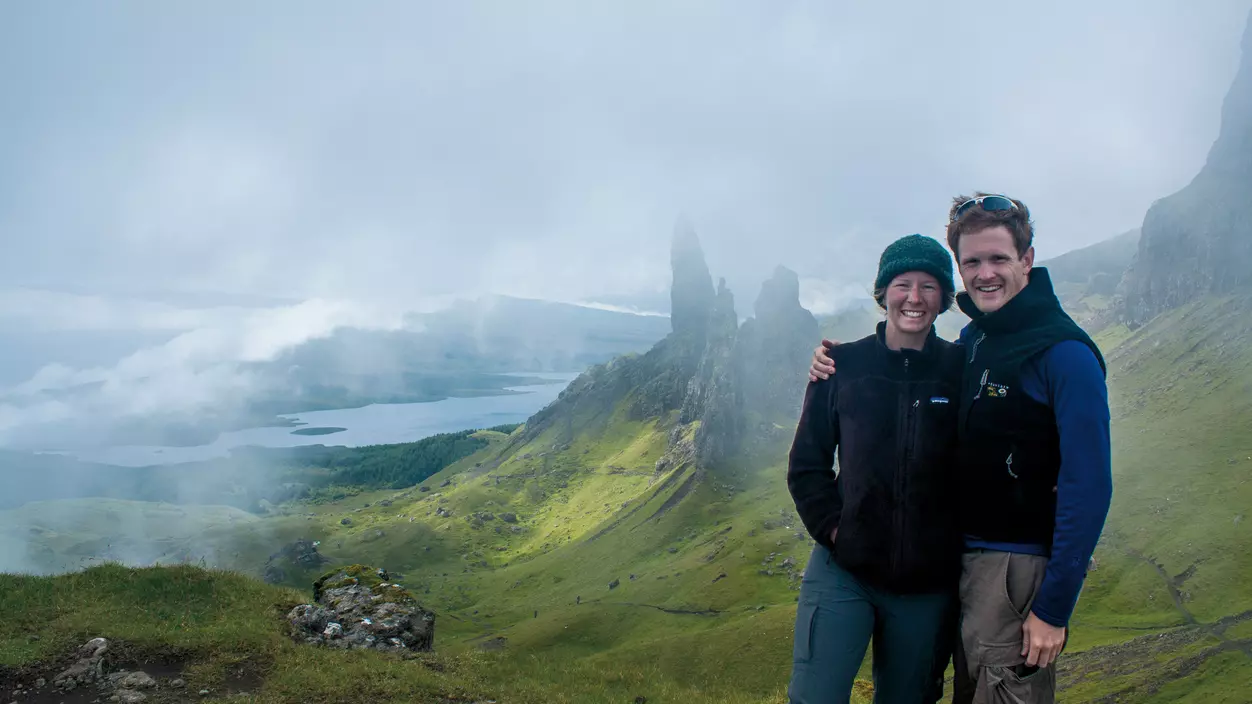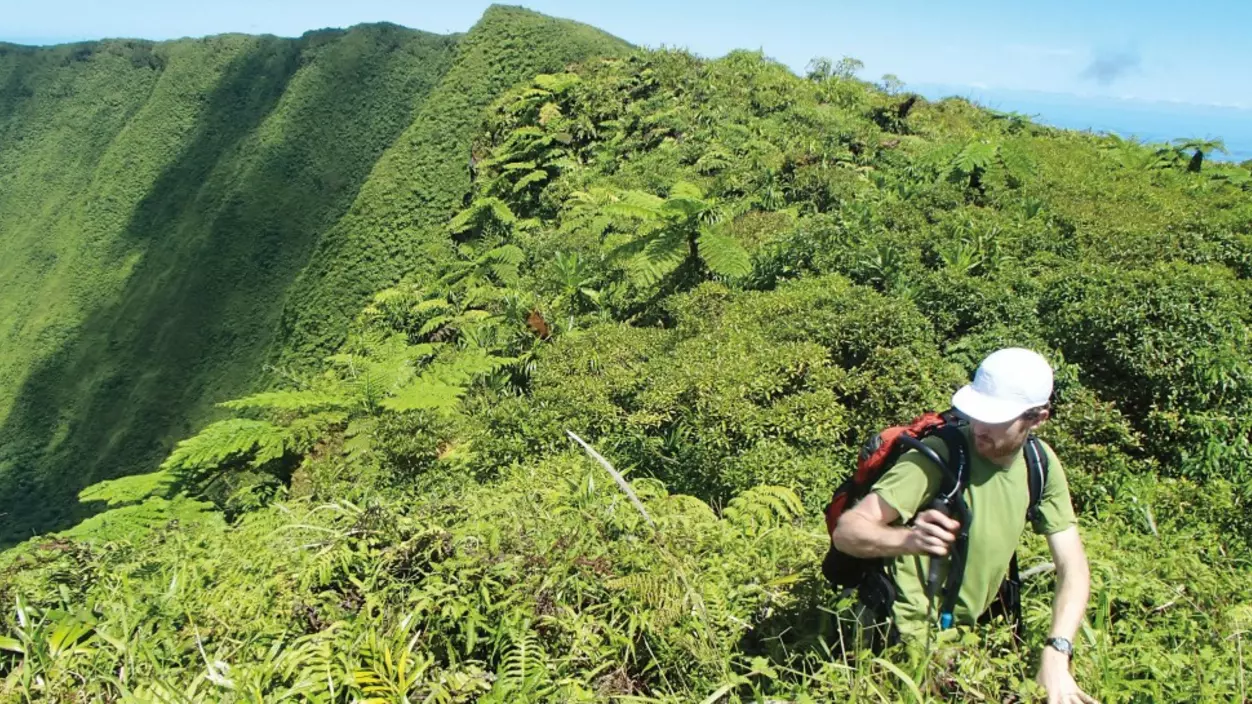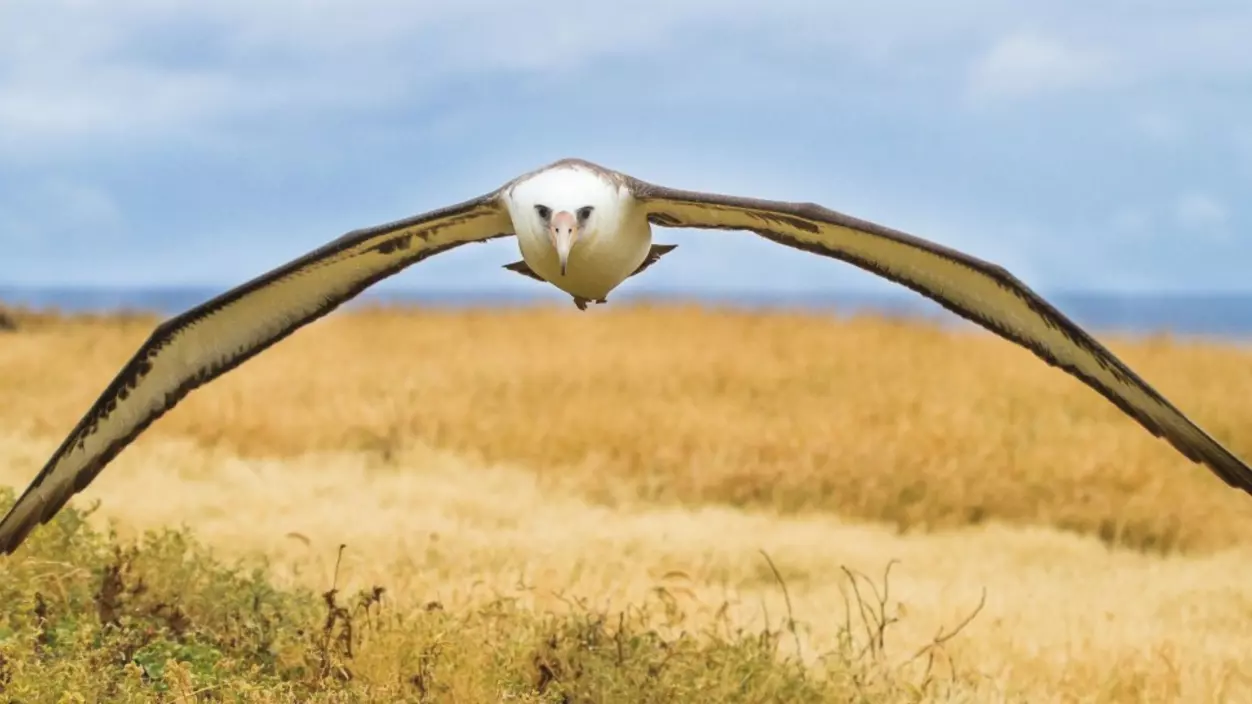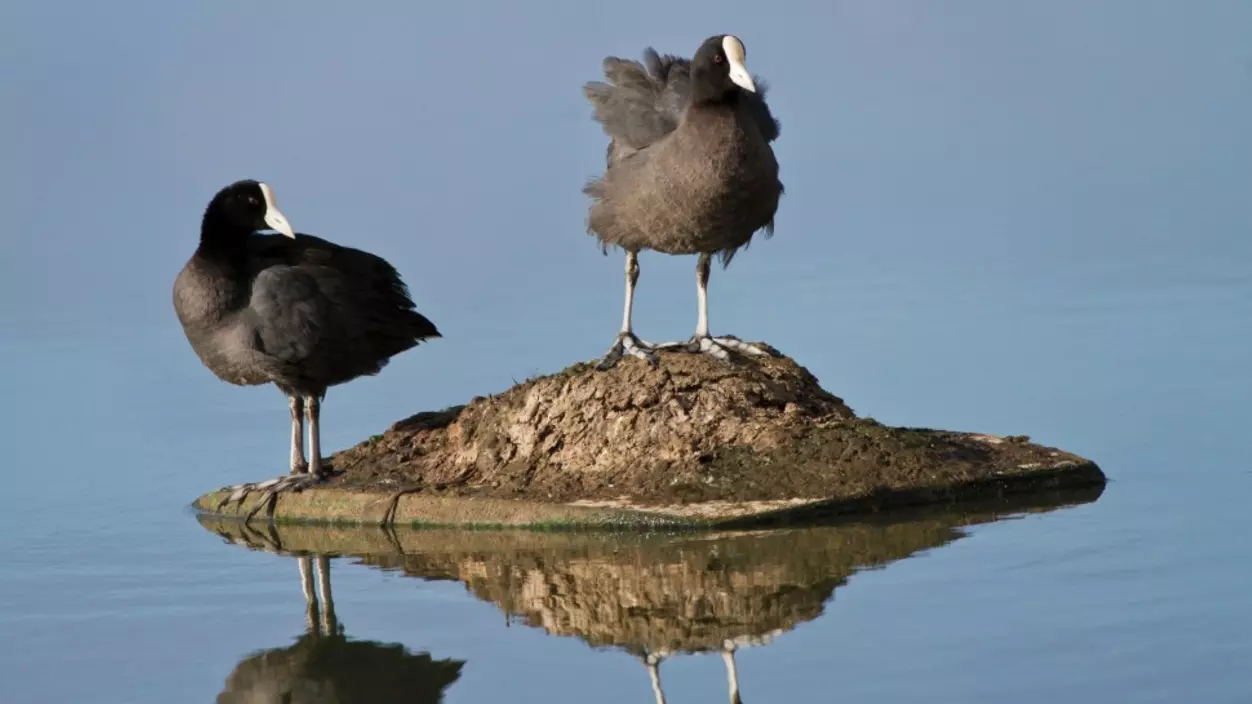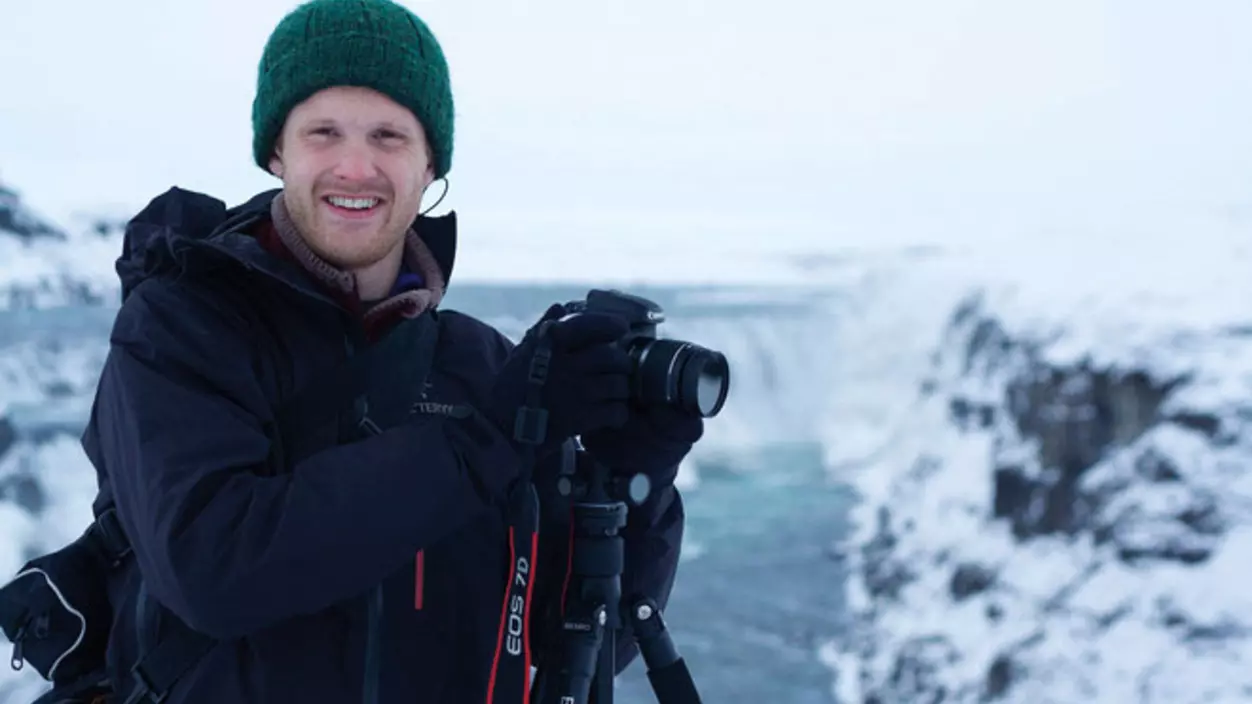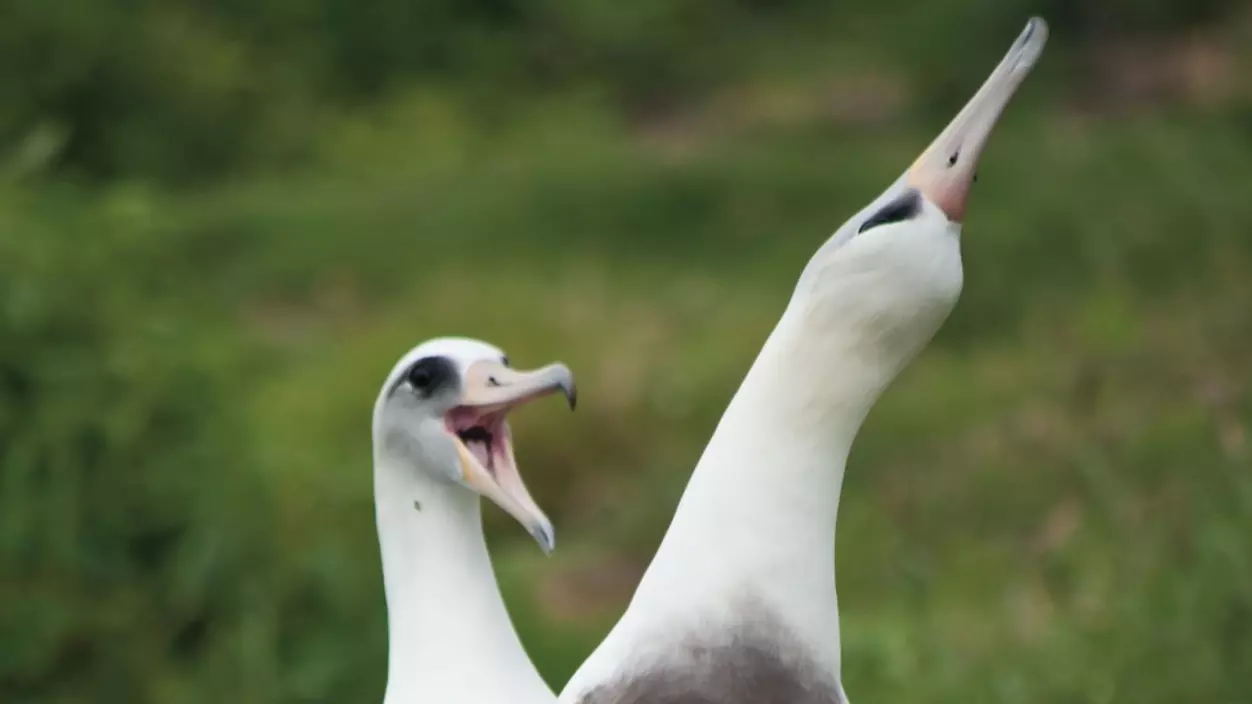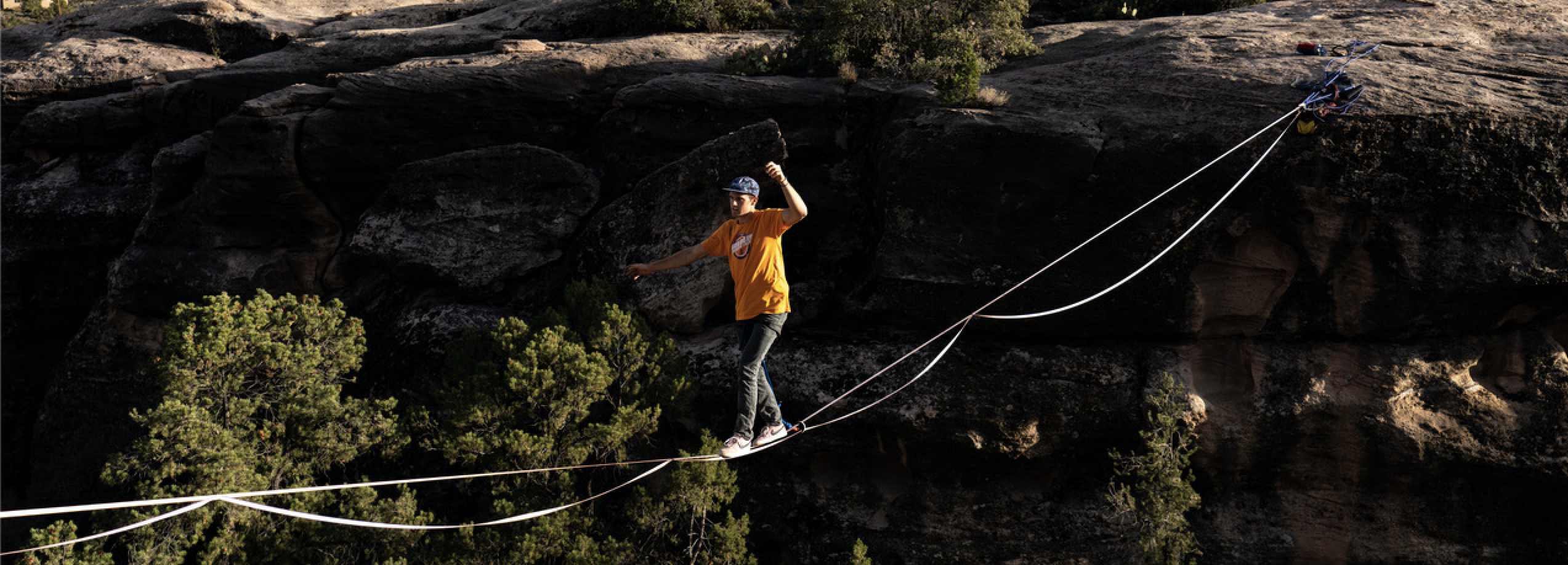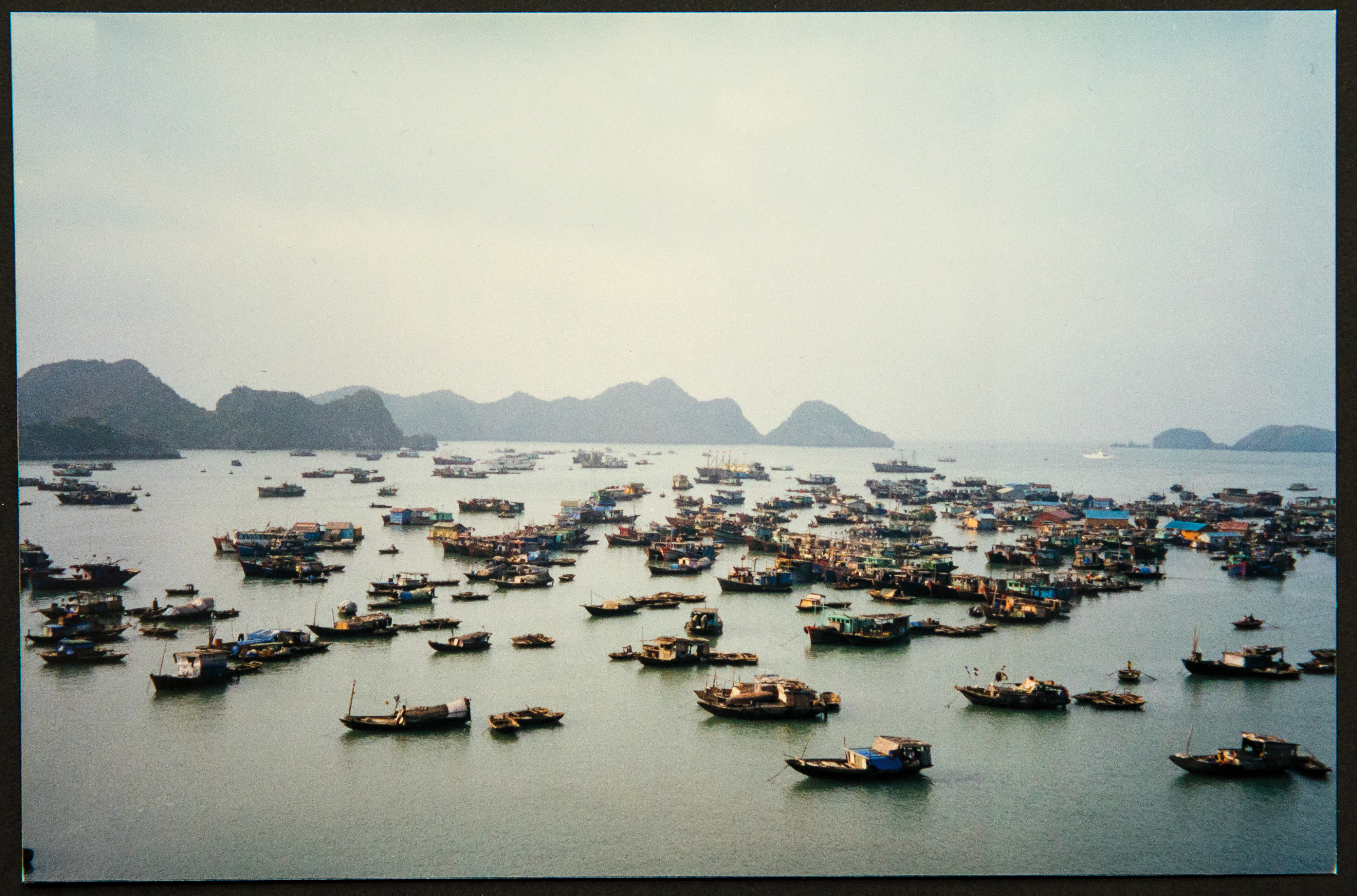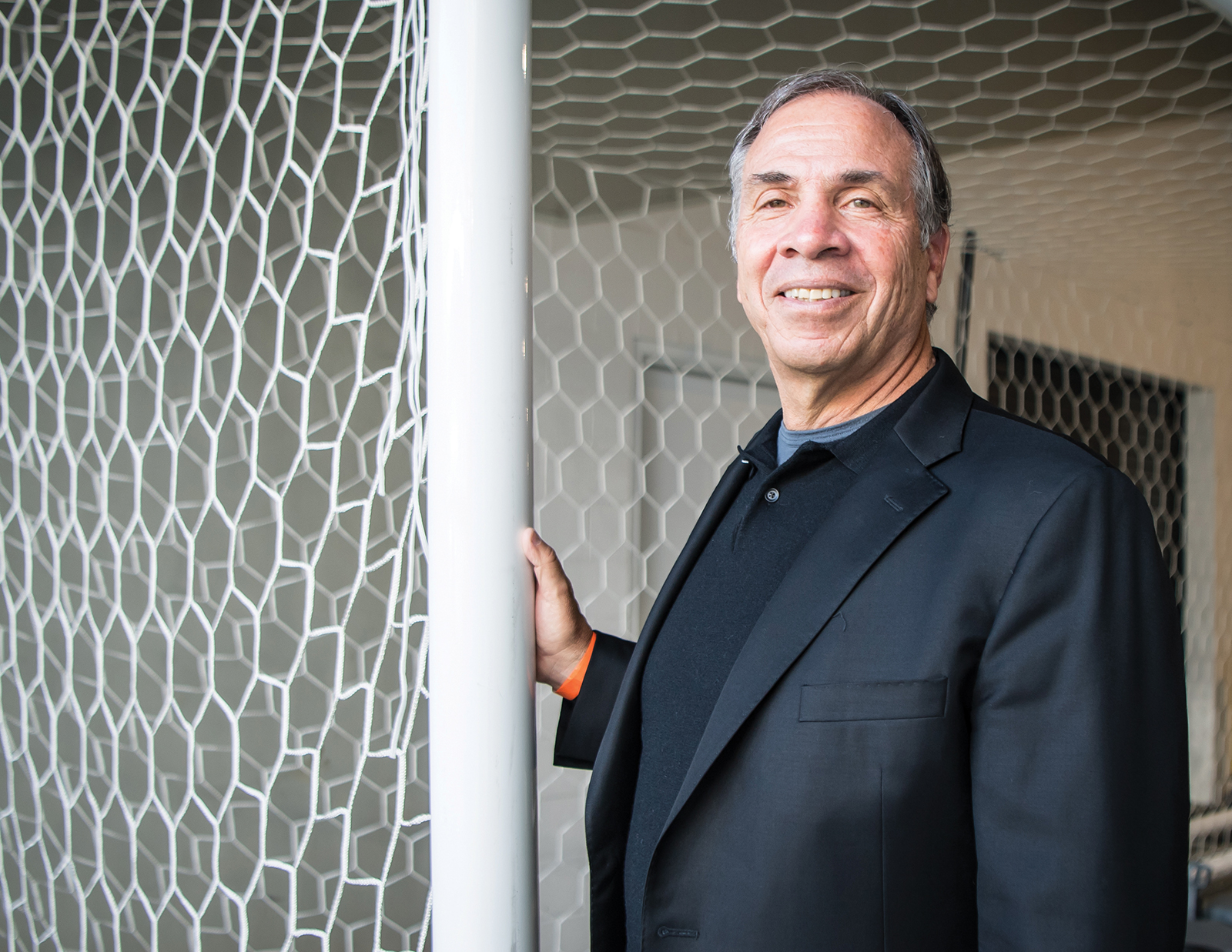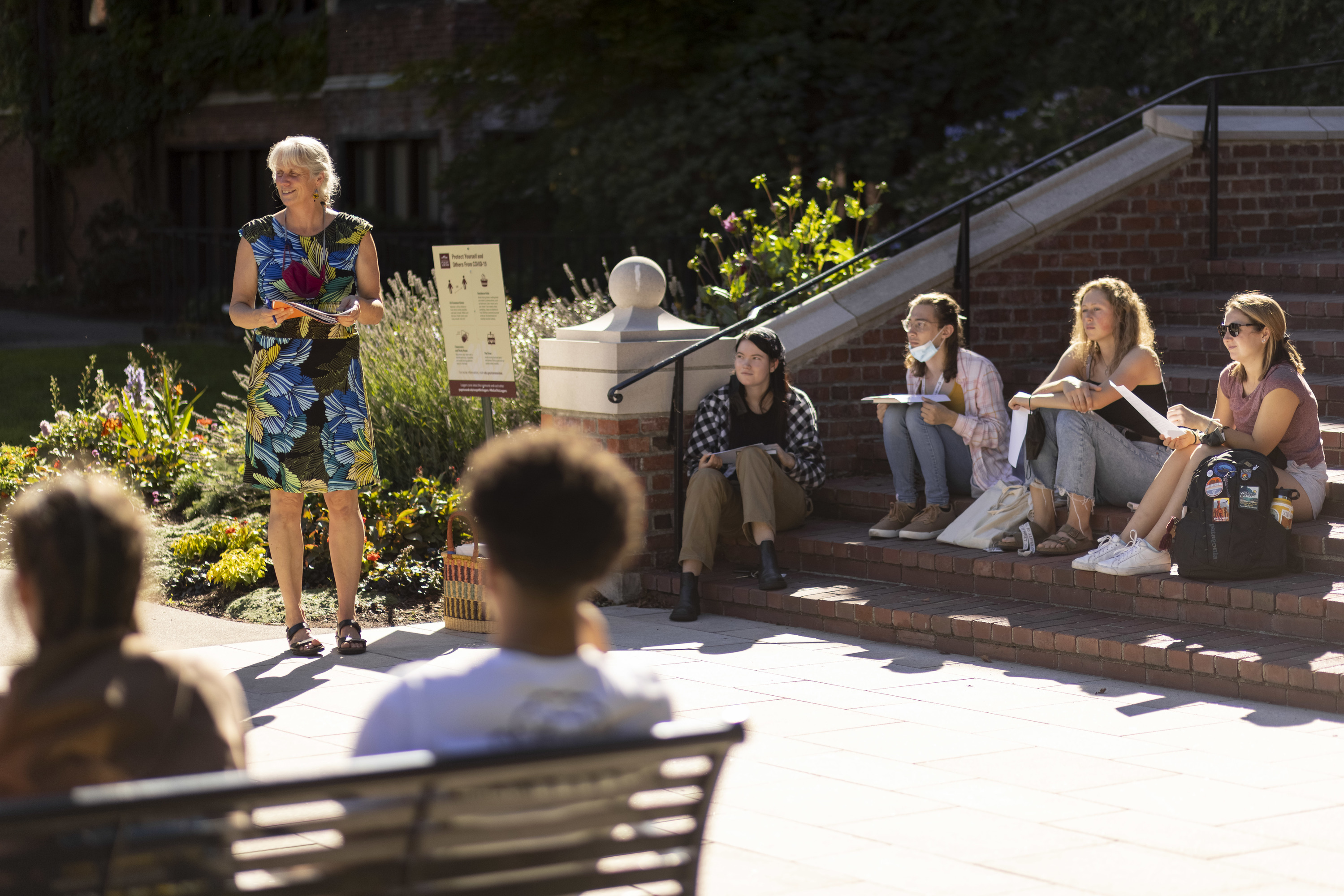Late last year, near the peak of the austral summer, Andrew Titmus ’06 found himself on the small, rocky peninsula of Cape Royds in Antarctica.
In one direction, the slate gray Ross Sea was alive with ice. In the other, the 12,000-foot, snow-covered hump of Mount Erebus rose up in the distance, steam puffing out of its churning caldera. Above him, the polar sky was enormous and ceaselessly bright. As the ammonia stench of guano filled his nose, knee-high Adélie penguins chattered loudly at his feet, fussing about their nests, bickering with each other, and not giving him the time of day.
Everything is different at the bottom of the world, on this far-flung, icy continent. Night is day. Summer is winter. Liquid is solid. And the most remote place on Earth—often thought of as untouched by civilization—is a laboratory to study ever-increasing human impacts on our planet.
The entire population of the world’s Adélies lives in Antarctica. (There are also breeding colonies on islands to the north of the Antarctic Peninsula.) On land, they are as awkward as toddlers with pants around their ankles. At sea, they turn into efficient hunting machines, dolphining sleekly through the water in search of prey. The lives of these iconic seabirds hinge on the dynamics of sea ice, which climate change will likely transform in the decades to come.

